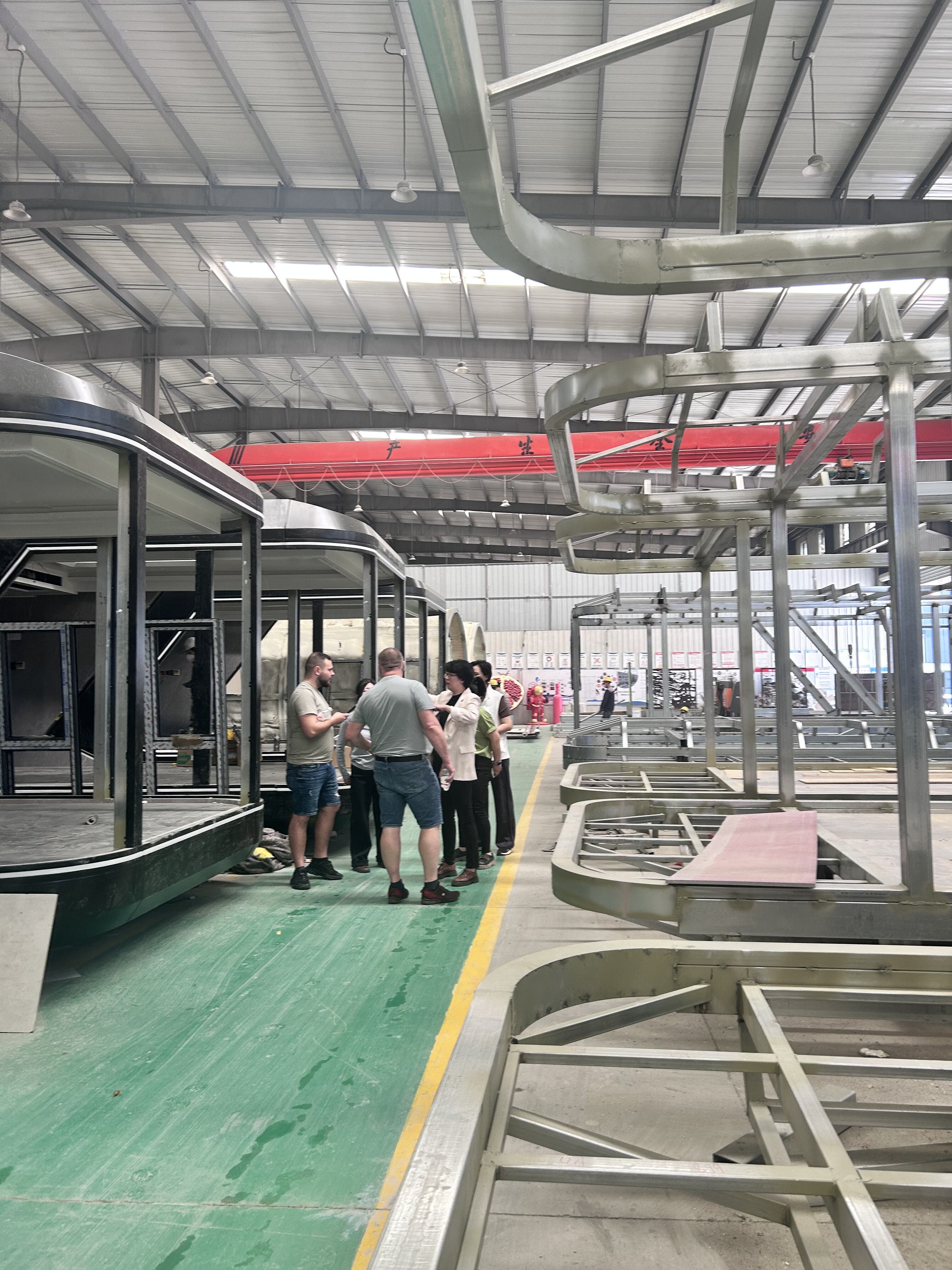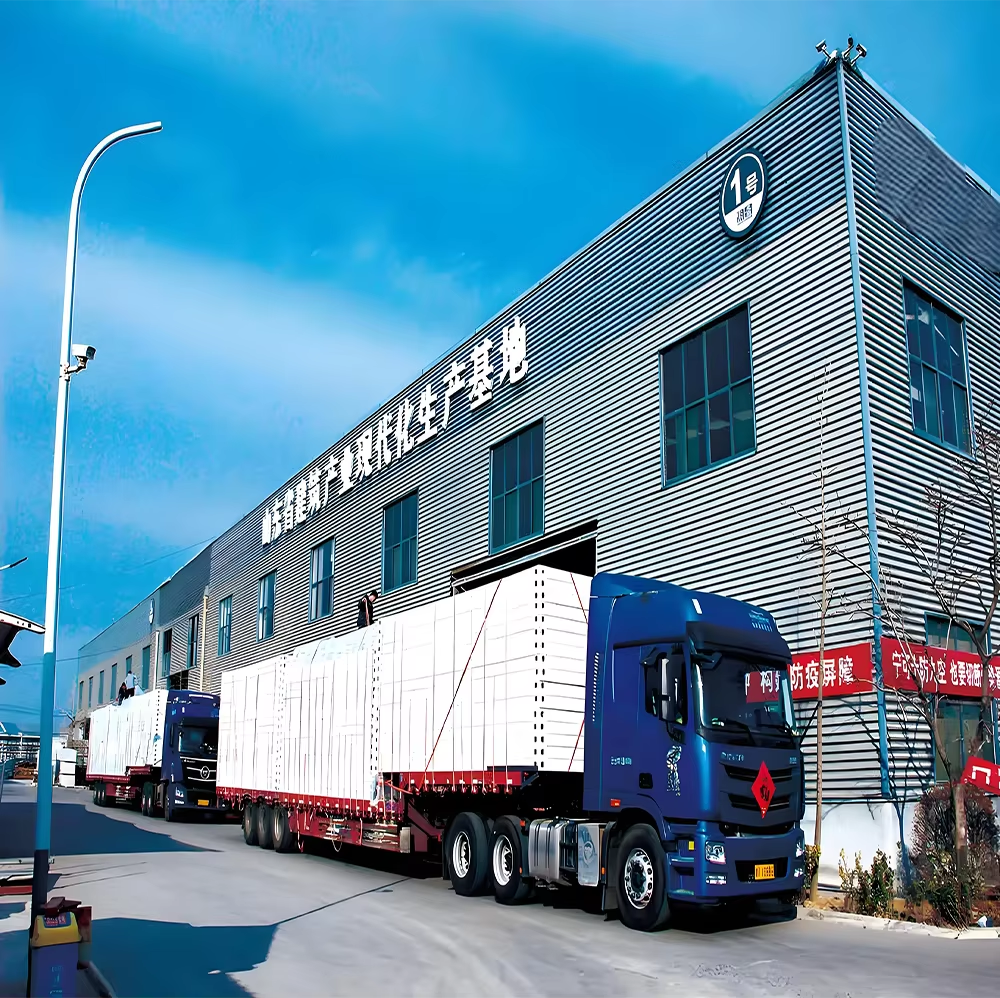As the construction and manufacturing sectors evolve, the need for reliable and durable materials is greater than ever. For businesses looking for prefabricated materials, aluminum and stainless steel fabrication is becoming a go to for offering strength, versatility, and long life. This blog touches on the benefits these materials offer, their applications, and why they are critical for contemporary undertakings.
Aluminum is famous for its lightweight together with its robust characteristics. This makes it a delightful choice for several applications including architectural and automotive. Aluminum products are resistant to corrosion, which ensures their integrity in harsh environments over time. Aluminum is also very malleable which allows for elaborate custom designs which are essential in specialized projects. On the other hand, stainless steel is unmatched in strength and durability which makes it widely used in the aerospace and automotive industries. It is also used in the food and pharmaceutical industries due to their critical safety and reliability standards.
The efficiency of aluminum and stainless steel fabrication is a major benefit to a business. Construction time can be reduced when components are off-site manufactured and then assembled at the destination. This improves the timeline for the project, decreases the amount of labor hours needed, and minimizes the chances of errors that are bound to happen in the process of work. Furthermore, the care that is taken in the fabrication process is critical to make sure that all pieces work and are structural in need during the time of fitting and assembly.
An equally significant reason for using aluminum and stainless steel is their sustainability. The materials are known for being eco-friendly which is a plus for construction and manufacturing. Factories are looking to recycle and make use of old materials to reduce the carbon footprint which also aids in the sustainability of the earth. Additionally, aluminum and stainless steel have a longer life cycle which reduces the frequently need of replacing the material and makes them friendly to the earth and environment.
The uses of aluminum and stainless steel parts fabrication shift and evolve alongside differentiated industries. These materials, ranging from custom furniture to advanced machinery, are being utilized in a fashion that improves functionality and aesthetics. Further, new fabrication technologies, like CNC machining and laser cutting, are enabling manufacturers to incorporate greater ingenuity, precision, and complexity in their designs, thereby broadening opportunities in product development.
To summarize, aluminum and stainless steel fabrication remains a significant facet of contemporary manufacturing and construction. The two materials' strength, effectiveness, and eco-friendly nature make them highly suitable for a wide variety of applications. Emerging and evolving industries are sure to increase their need, thus underscoring the necessity of keeping track of developments and innovations in the field. Adopting aluminum and stainless steel fabrication would not just improve operational effectiveness for the adopting companies, but would also facilitate lower carbon footprints and an improved eco-friendly operational model, thus, advancing the quest for a more sustainable world.








